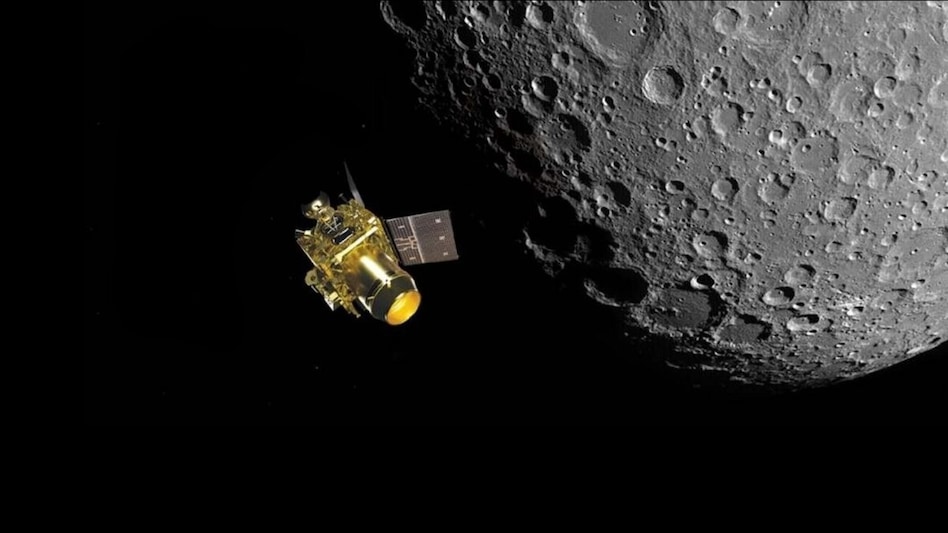 It will be the fifth mission in India's Chandrayaan series and the first to involve Japan’s space agency JAXA. (File photo)
It will be the fifth mission in India's Chandrayaan series and the first to involve Japan’s space agency JAXA. (File photo)
 It will be the fifth mission in India's Chandrayaan series and the first to involve Japan’s space agency JAXA. (File photo)
It will be the fifth mission in India's Chandrayaan series and the first to involve Japan’s space agency JAXA. (File photo)India and Japan are gearing up for a landmark joint venture in space with the Chandrayaan-5 mission — also known as the Lunar Polar Exploration (LUPEX) mission. Designed to explore the uncharted depths of the Moon’s south pole, the collaboration marks a major step forward in global lunar exploration. It will be the fifth mission in India's Chandrayaan series and the first to involve Japan’s space agency JAXA, aiming to probe water reserves hidden in the lunar shadows.
Chandrayaan-5 will be launched aboard JAXA’s H3-24L rocket and will carry an ISRO-developed lander. Mounted on this lander will be a Japanese-built rover, developed by Mitsubishi Heavy Industries (MHI), equipped for deep polar exploration.
The mission’s main goal: to investigate the Moon’s south polar region, especially the permanently shadowed areas believed to harbor water and water-ice. With a 6.5-tonne payload, including a 250 kg rover — 10 times heavier than the ‘Pragyan’ rover from Chandrayaan-3 — LUPEX is designed for rigorous surface analysis and scientific experiments.
Equipped with tools like water analyzers, spectrometers, a ground-penetrating radar, and a 1.5-meter drill, the rover will sample lunar regolith to assess water content and its potential for future use.
The payload will include instruments from ISRO, JAXA, NASA, and the European Space Agency, all focused on the volatile-rich lunar polar region. While ISRO handles the lander and contributes key scientific tools, its international partners will add advanced instrumentation like neutron and mass spectrometers.
The mission’s landing site — a permanently shadowed region near the lunar south pole — will be crucial in understanding the Moon’s viability for long-term human presence. The rover is expected to operate for 100 days, with the possibility of extending its mission to a full year based on performance.
This Indo-Japanese effort, officially approved by the Indian government on March 10, 2025, is part of a broader roadmap that envisions Indian astronauts walking on the Moon by 2040. It follows Chandrayaan-4, slated for a 2027 launch as India’s first lunar sample return mission.
Recently, ISRO, JAXA, and MHI held a two-day technical interface meeting to align on mission specifications and coordination.